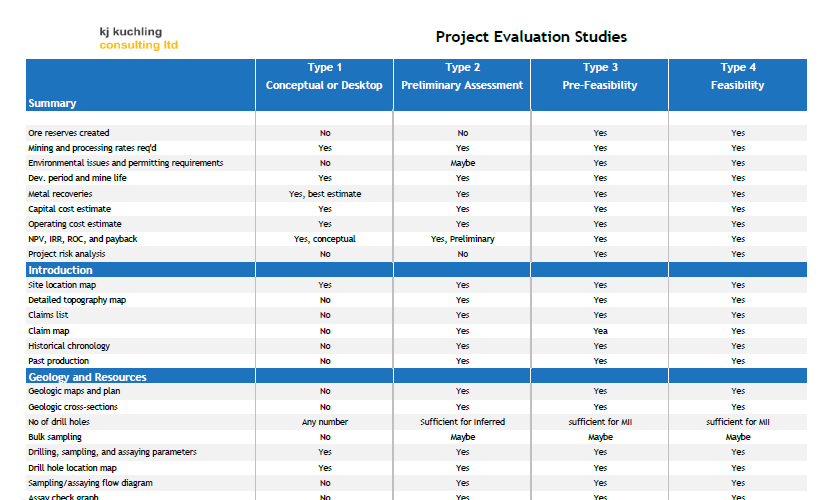
Many of us have heard the statement “Have a look in the data room, it’s all in there”. This can bring a cold sweat to even the most experienced engineer who undertaking a due diligence review. How many of you can recall being given FTP access to a data room that is full of highly disorganized folders and sub-folders, files with cryptic names, different updates of the same file in different folders?
It’s like looking for a needle in a haystack.
It can be difficult to impossible to determine which files are important and relevant and which files have been simply dumped into the data room. There is nothing worse than spending a day reviewing an Excel financial model only to find out that it wasn’t the latest version and a different un-related folder had the correct version.
 Data rooms are typically created for due diligence exercises, or during advanced an engineering stage. Regardless of the purpose, it is helpful for all involved to have a document control person who understands what is in the data room, what is important, and what is non-essential.
Data rooms are typically created for due diligence exercises, or during advanced an engineering stage. Regardless of the purpose, it is helpful for all involved to have a document control person who understands what is in the data room, what is important, and what is non-essential.
Large projects often have an dedicated document control person to manage the data room. However smaller companies in a due diligence phase may tend to use a team approach. Everyone dumps all their electronic files into the data room, including email transcripts, using some type of sensible folder structure (hopefully).
It’s then up to the user to dig through the files to locate what they need. This can be an onerous task, costing everyone money in wasted time.
Organization of the mining data room is key
Comprehensive searchable document management systems such as Ansarada, Aconex, SharePoint, and others are available. They can be pricey and will require a team mindset to function, organize, and catalog the information. However a properly implemented system can make it easier to search for files, keywords, and the latest versions of files. “Properly implemented” means that the entire team takes time when putting information in to ensure it is properly tagged meta-data. Its is not uncommon for such systems to become repositories for hundreds or thousands of different files.
 When using a cloud-based data room or FTP site, try to select one that allows bulk downloading of documents rather than only allowing one file download at a time.
When using a cloud-based data room or FTP site, try to select one that allows bulk downloading of documents rather than only allowing one file download at a time.
Some data rooms, for security and tracking purposes, require users to be online in order to open a document, even documents downloaded onto your computer. This makes it difficult to work when one doesn’t have internet access (like on an airplane).
Some data rooms limit the cut & pasting ability from the documents. This can make it difficult to prepare your own summary report if you want to include pasted images from the documents.
Conclusion
The bottom line is that management of a mining data room is critically important, although I don’t know if there is any single magic solution.
Small mining companies may have tight budgets and a limited management team so organizing data properly isn’t high on the priority list. I suggest to anyone organizing a data room, please take the time to properly set up the folder structure, develop a single bibliography of what files are in there, and assign a person to be familiar with the general contents of the data room.
Unless its a legal case involving lawyers, don’t just dump in everything. Avoid unnecessary data files or “work in progress” files that are not actually required by anyone.
Read More on the Subject
Another aspect of data rooms that can help make a due diligence taxing is the way the spreadsheet models are built. Models can either be made simple and user friendly, or can be complex showing how clever the model creator is. You can read some thoughts on this at the following link “Mine Financial Modelling – Please Think of Others“.
For more discussion on the topic of mining due diligence, another blog post discusses the help that a technical checklist can deliver. There are many aspects of a mining project, from legal, social, to technical and a checklist helps to avoid missing things. You can read more about the checklist on this at “Mining Due Diligence Checklist“. You can even request a free copy of my Excel checklist if interested.



 Independent consultants will differentiate themselves from large engineering firms in several ways.
Independent consultants will differentiate themselves from large engineering firms in several ways.

 In my personal experience I find that larger consultants are best suited for managing the large scale feasibility studies. This isn’t because they necessarily provide better technical expertise. Its because they generally have the internal project management and costing systems to manage the complexities of such larger studies.
In my personal experience I find that larger consultants are best suited for managing the large scale feasibility studies. This isn’t because they necessarily provide better technical expertise. Its because they generally have the internal project management and costing systems to manage the complexities of such larger studies. For certain aspects of a feasibility study, one may get better technical expertise by subcontracting to smaller highly specialized engineering firms. However too much subcontracting may become an onerous task. Often the larger firms may be better positioned to do this.
For certain aspects of a feasibility study, one may get better technical expertise by subcontracting to smaller highly specialized engineering firms. However too much subcontracting may become an onerous task. Often the larger firms may be better positioned to do this. One of the purposes of an early stage study is to see if the project has economic merit and would therefore warrant further expenditures in the future. An early stage study is (hopefully) not used to defend a production decision. The objective of an early stage study is not necessarily to terminate a project (unless it is obviously highly uneconomic).
One of the purposes of an early stage study is to see if the project has economic merit and would therefore warrant further expenditures in the future. An early stage study is (hopefully) not used to defend a production decision. The objective of an early stage study is not necessarily to terminate a project (unless it is obviously highly uneconomic).
 The bottom line is that it is important for the Study Manager and project Owner to ensure the entire technical team is on the same page and understands the type of information they are working with. The technical detail in the final study should be consistent throughout.
The bottom line is that it is important for the Study Manager and project Owner to ensure the entire technical team is on the same page and understands the type of information they are working with. The technical detail in the final study should be consistent throughout.
 My recollection is that many years ago larger consulting firms would offer to do an entire study in-house. They would have the in-house team to cover almost the entire study. That approach seems to have changed and now the multi-company path is the norm.
My recollection is that many years ago larger consulting firms would offer to do an entire study in-house. They would have the in-house team to cover almost the entire study. That approach seems to have changed and now the multi-company path is the norm. The Study Manager must ensure that everyone understands what their deliverables are. Generally this is done using a “Responsibility Matrix”, but these can sometimes be too general.
The Study Manager must ensure that everyone understands what their deliverables are. Generally this is done using a “Responsibility Matrix”, but these can sometimes be too general.
 Some PEA’s might be based on a large database of test work and site information while others may rely on very preliminary data and require design projections based on that data.
Some PEA’s might be based on a large database of test work and site information while others may rely on very preliminary data and require design projections based on that data. The sequential PEA approach is a convenient way to continue advancement of the project without making the step to a Pre-Feasibility study or bigger step to a Feasibility study. Maybe the project is still growing in size and a feasibility study at this stage would not be presenting the true potential, hence the updated PEA.
The sequential PEA approach is a convenient way to continue advancement of the project without making the step to a Pre-Feasibility study or bigger step to a Feasibility study. Maybe the project is still growing in size and a feasibility study at this stage would not be presenting the true potential, hence the updated PEA. The securities commissions consider that the cautionary language an important component of the PEA Technical Report and may red-flag it if it’s not in all the right places. However this cautionary language is generally focused on the resource.
The securities commissions consider that the cautionary language an important component of the PEA Technical Report and may red-flag it if it’s not in all the right places. However this cautionary language is generally focused on the resource.



